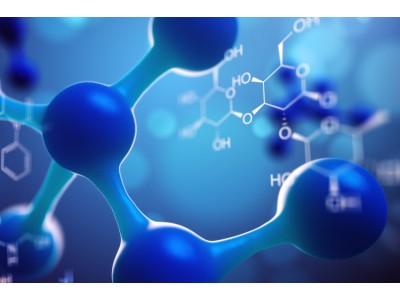| Description | 4-Methoxycinnamaldehyde (p-Methoxycinnamaldehyde) is an active ingredient of Agastache rugosa.4-Methoxycinnamaldehyde has cytoprotective activity against respiratory syncytial virus (RSV) in human laryngeal carcinoma cell lines, and helps to control disease induced by RSV infection, with an IC50 of approximately 0.055 μg/mL. The IC50 was about 0.055 μg/mL. |
| In vitro | 4-Methoxycinnamaldehyde 能有效抑制 RSV 的细胞病变效应(p<0.0001),预估的 IC(50) 为 0.055microg/ml,选择性指数(SI)为 898.2。4-Methoxycinnamaldehyde(0.03microg/ml)通过干扰病毒的附着(IC(50)为0.06microg/ml;p<0.0001)和内化(IC(50)为0.01microg/ml;p<0.0001)抑制病毒进入。4-Methoxycinnamaldehyde 显著增加了基础 IFN 的产生(p=0.0015),但对病毒诱导的 IFN 产生没有影响。综上所述,4-Methoxycinnamaldehyde 可能有助于管理 RSV 感染引起的疾病。[1] |
| Synonyms | p-Methoxycinnamaldehyde |
| molecular weight | 162.19 |
| Molecular formula | C10H10O2 |
| CAS | 1963-36-6 |
| Storage | Powder: -20°C for 3 years | In solvent: -80°C for 1 year |
| Solubility | DMSO: 60 mg/mL (369.94 mM) |
| References | 1. Wang KC, et al. 4-Methoxycinnamaldehyde inhibited human respiratory syncytial virus in a human larynx carcinoma cell line. Phytomedicine. 2009;16(9):882-886. 2. Nesterov VN, et al. A combinatorial chemistry approach to new materials for non-linear optics. II. 4-(Dimethylamino)cinnamaldehyde and a molecular complex of 4-methoxycinnamaldehyde with 2,4-dinitroaniline. Acta Crystallogr C. 2000;56 (Pt 8):976-978. 3. Srisook K, et al. Anti-inflammatory effect of trans-4-methoxycinnamaldehyde from Etlingera pavieana in LPS-stimulated macrophages mediated through inactivation of NF-κB and JNK/c-Jun signaling pathways and in rat models of acute inflammation. Toxicol Appl Pharmacol. 2019;371:3-11 |
